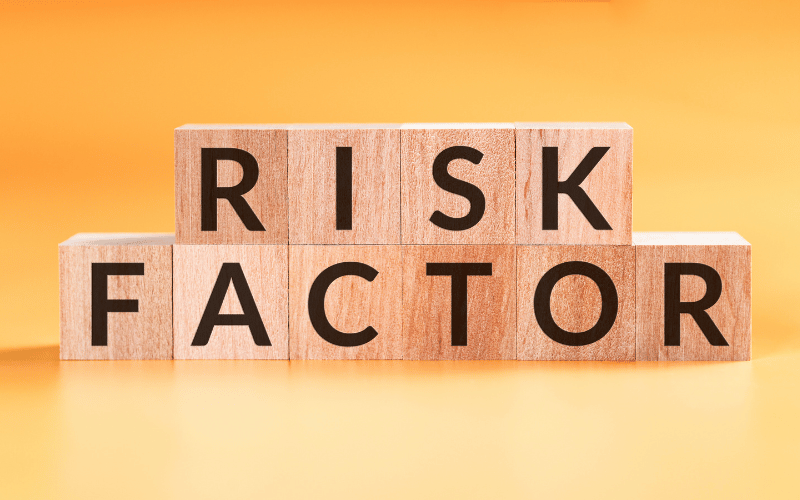2. Risk Factors and Causes: What Triggers Pyogenic Granuloma?

Delving into the risk factors and causes of pyogenic granuloma, it becomes evident that this condition is influenced by a variety of factors. While the exact cause of pyogenic granuloma remains unknown, several triggers have been identified.
One significant risk factor is physical trauma or injury to the skin. This can include cuts, punctures, or other forms of skin irritation. Such trauma can stimulate the rapid growth of blood vessels, leading to the formation of a pyogenic granuloma. This connection underscores the importance of skin care and protection.
Hormonal changes, particularly during pregnancy, have also been linked to the development of pyogenic granulomas. These lesions are sometimes referred to as “pregnancy tumors” due to their frequent occurrence during this period. However, they can resolve after pregnancy, highlighting the impact of hormonal fluctuations on the skin.
Medication-induced pyogenic granulomas are another area of interest. Certain drugs, like oral contraceptives and some cancer treatments, have been associated with the development of these lesions. This correlation suggests a complex interaction between medications and skin health.
Interestingly, pyogenic granulomas can also arise in areas where other skin lesions have been removed, such as moles or warts. This phenomenon might be due to the skin’s response to healing, triggering an overgrowth of blood vessels in the process.
In summary, the causes of pyogenic granuloma are multifaceted, involving physical, hormonal, and medicinal influences. Recognizing these risk factors can aid in understanding the onset of this condition and potentially in its prevention. (2)